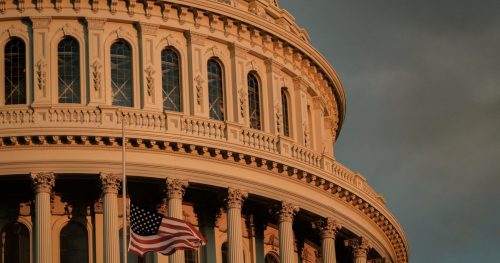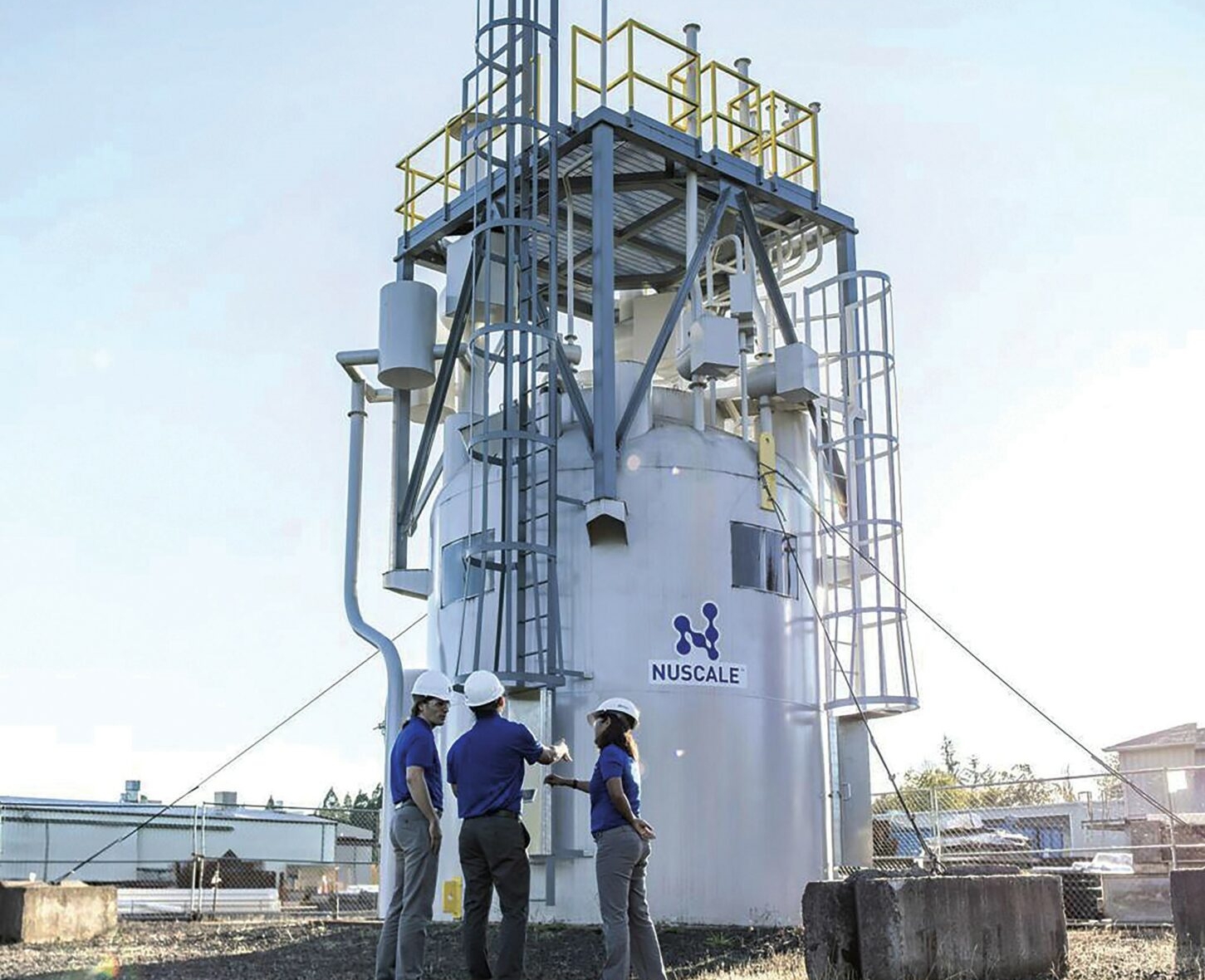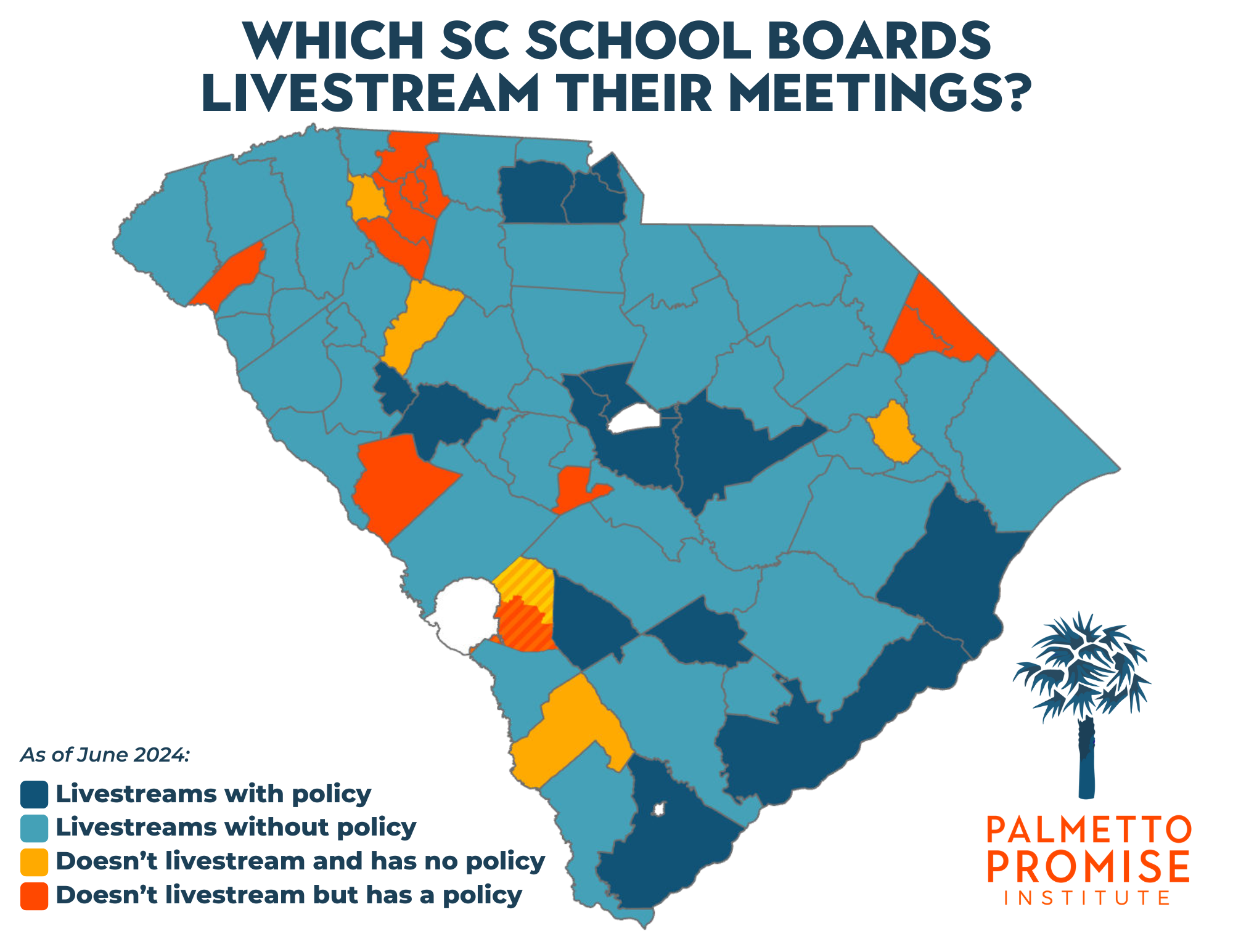The $1.2 T “Infrastructure bill” was terrible. Here’s why.
Last week, in a clear example of the dark side of bipartisanship, the United States Senate passed the Bipartisan Infrastructure Investment and Jobs Act by a vote of 69-30. Nineteen Republicans crossed the line to support it. So, what was “The Infrastructure Bill,” and what does it mean for our nation’s future? Here are 7 key facts you need to know.
- The bill is incomprehensible, and incomprehensibly expensive. The human brain struggles to comprehend $1 trillion. Here’s a shot at it. One million dollars in $100 bills would reach as high as an average chair. One billion dollars in $100 bills would stretch higher than the world’s tallest building. But one trillion dollars in $100 dollar bills? Stacked on top of each other, those bills would ascend two and one half times the orbit of the International Space Station. As for the bill’s volume in printed pages, the Affordable Care Act (Obamacare) was 2,700 pages long. This one beats that out at 2,702 pages. If you remember, House Speaker Nancy Pelosi infamously said of Obamacare, “We have to pass the bill so that you can find out what is in it.” We are now experiencing some déjà vu where the Senate has rushed to vote on the bill while we were all still trying to process everything in those 2,702 pages.
- The bill is filled with hundreds of individual earmark-type projects. There is an excellent summary provided by the non-partisan Committee for a Responsible Federal Budget. The Act can be broken down into two general categories. “Transportation Infrastructure” includes roads, bridges, public transit, ports and waterways, airports, passenger and freight rail, electric vehicles, road safety, and reconnecting communities. “Other Core Infrastructure” includes power infrastructure, broadband, water infrastructure (including lead pipes), resiliency and western water storage, and environmental remediation.
- Spending in the bill duplicates other spending and allocates funds poorly. A perfect example of this flaw is broadband expansion. South Carolina needs expansion, especially in rural and low-income areas. That is why we already have plans to fund that in a way that will actually address areas of need. The South Carolina Broadband Infrastructure Program has allocated over $26 million of Coronavirus Relief Fund (CRF) money to the program. Right now, we have the Rural Broadband Grant Program that has $30 million allocated to give out. In addition, right now the AccelerateSC committee is working on a plan that will cost over $600 million to get fiber lines in place to provide broadband access in places it is needed with ARPA funds and private sector funds. South Carolina is not alone either.Across the 50 states and the District of Columbia, and Puerto Rico, 47 have pending or passed broadband legislation. With all the funding that states have already received from the federal government, we have more than enough to tackle projects like this. What is even worse is that our own plans will actually address expanding broadband in South Carolina where it is needed better than this infrastructure bill will. Part of the broadband section comes from BRIDGE Act that we warned about here. Part of the problem is that instead of actually giving out funding based on need, funding will be allocated to states based on demographics like race.
- The bill misunderstands cryptocurrency and could strangle the innovations it offers. Senator Ted Cruz, Twitter and Square CEO Jack Dorsey, and Telsa CEO Elon Musk agreed on something! They all criticized this bill’s plan to tax and regulate cryptocurrency, because it is rushed and lacks a real understanding of what cryptocurrency is and how it can be taxed and monitored. Senator Cruz said, “The infrastructure deal contains dangerous provisions that would devastate crypto and blockchain innovation.” Elon Musk said it was “hasty” and would allow lawmakers to pick technology winners and losers.” That is why three senators tried to amend the bill to address a number of these problems, but that amendment was rejected.
- The bill’s spending is “funded” with accounting gimmicks. Fiscal analyst Brian Riedl of the Manhattan Institute wrote that this would be “one of the largest non-emergency spending bills of the past 50 years.” The bill will cost $1.2 trillion with $548 billion being new spending. The problem is that the bill’s authors are using budgeting gimmicks to make it look like we are offsetting those costs, when the bill will actually run a major deficit. The Congressional Budget Office published its score of the legislation and determined it would add over $340 billion to the deficit. National Review provided a solid example to show the type of financial gimmicks being used to offset the cost of this bill. According to the Committee for a Responsible Federal Budget, other “savings” that will supposedly pay for the spending are highly questionable.
- This bill is really about that bill. It is fundamental to understand that we cannot just look at the Senate-passed infrastructure bill in a vacuum. This bill is being used as a Trojan Horse to pass an even more massive $3.5 trillion budget reconciliation bill that is focused on “human infrastructure.” If you have never heard of “human infrastructure” before, it is because it doesn’t exist. This is the method for the Democrats to expand welfare, expand Obamacare, fund a version of the Green New Deal, and much more. This whole idea of “human infrastructure” is just marketing for the Biden Administration’s version of The Great Society.Alexandra Ocasio-Cortez and Nancy Pelosi are openly saying that these two pieces of legislation are linked and must be passed out of the House together. Unlike the infrastructure bill, the “human infrastructure” reconciliation bill cannot be stopped by a Republican filibuster due to how Senate budget reconciliation bills work. That means that the Democrats will have no pressure to compromise as they did on the infrastructure bill.
- The long term consequences for public debt are staggering. The federal government cannot spend such unprecedented amounts of money without dire short term and long-term consequences that will hurt all citizens and future generations. The Tax Foundation calculated that with the two infrastructure bills combined, the United States could add an extra $17 trillion to the federal debt between 2022 and 2051. If that gap were to be plugged by increasing the corporate tax rate alone, it would need to rise from 21% to 47%! Brian Riedl noted that if all previous and planned future spending is factored in that “Overall, the national debt held by the public would leap from $17 trillion before the pandemic to $40 trillion a decade from now.” Spending and borrowing of this level will only add to the high inflation that already rose an incredible 5.4% from the previous year.
The Bottom Line. All of the excessive spending and expansion of government in the Bipartisan Infrastructure Investment and Jobs Act and the “human capital” budget reconciliation have not passed into law yet. The House will have its say. There is still a path forward to stop one or both bills (most importantly that $3.5 trillion budget reconciliation bill), or at least amend them so that the damage they will cause to the nation’s economy can be marginally tempered.







